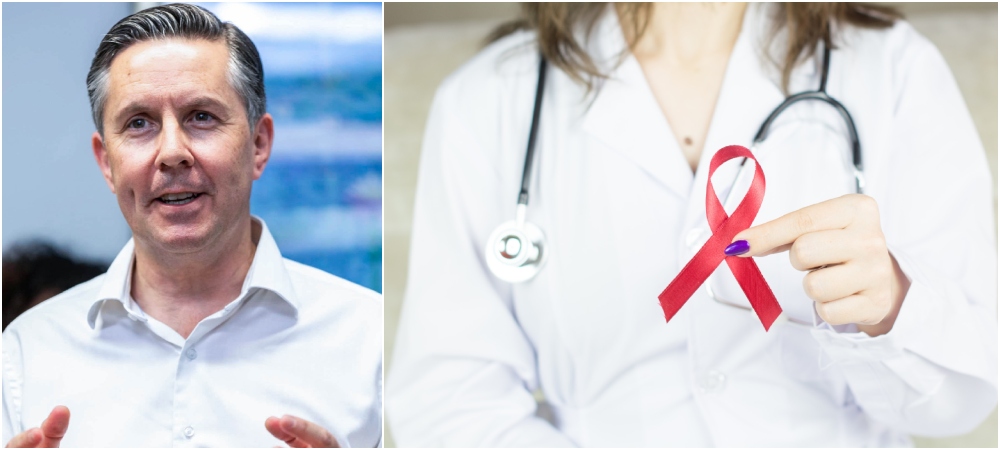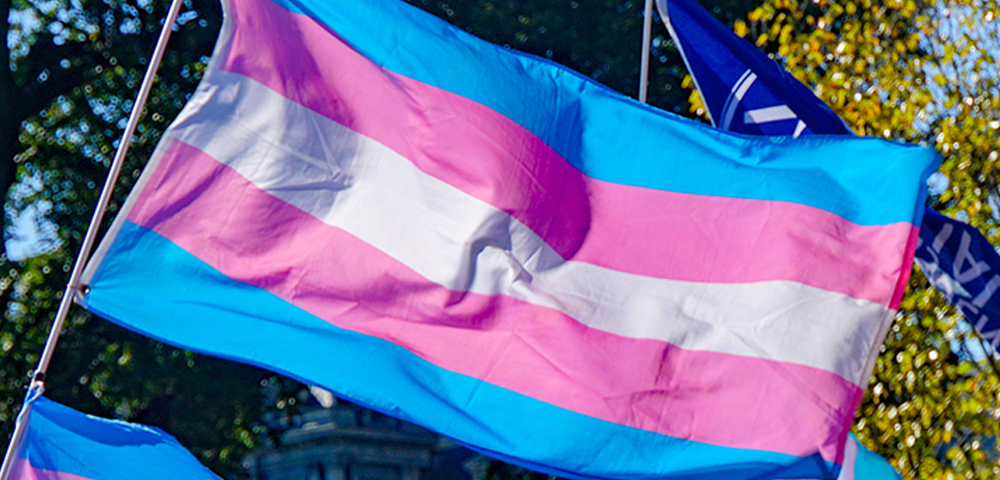

by Mark Butler
It’s hard to put into words the sense of terror in the early years of the HIV epidemic.
There was awful stigma, and the loss of life was devastating – with almost 10,000 Australian lives cut short over the past four decades.
It’s a loss and trauma that continues today and with around 30,000 Australians still living with HIV today. Virtual elimination of new infections in no way diminishes the challenges that they live with every day and every year.
This past year I’ve had the honour of chairing the HIV Taskforce. The Taskforce, made up of people living with HIV, the LGBTIQA+ community, academics, health professionals, sex workers, the First Nations health sector, and people from culturally and linguistically diverse communities, came together to chart the path forward for tackling HIV in Australia.
Eliminate HIV Transmission By 2030
We’ve now delivered our report which will inform the 9th National HIV Strategy and will ramp up Australia’s efforts to eliminate HIV transmission by 2030.
The report sets out recommendations on Pre-Exposure Prophylaxis (PrEP), testing, treatment, awareness, decriminalisation, destigmatisation and maintaining effective partnerships. It reflects that the Australian HIV response has been exceptional and world leading.
As we know, if there was an epicentre of the epidemic in Australia, it was inner Sydney. It is a community that bore more of the brunt of the epidemic in those early years than any other community in the country.
Inner Sydney Is A Beacon Of Hope
For the whole world, the virtual elimination of HIV in inner Sydney is a beacon of hope. This outstanding achievement was only possible because of Australia’s strong, bipartisan history in our world-leading response to the HIV pandemic.
It’s easy to understate the achievement of people like Neal Blewett and Peter Baume in those earliest years coming together in a bipartisan way and resisting the division and stigma which is such a part of politics today.
Thankfully, that bipartisanship has continued throughout the Taskforce and will help ensure Australia remains on track to eliminate HIV transmission by 2030.
Comprehensiveness At The Heart Of The HIV Taskforce Report
Another feature of Australia’s response to the epidemic was the comprehensiveness of the actions that were taken.
That is still a feature of the response today, but it was so important at the height of the epidemic in dealing with some of the really tricky issues around condom distribution and needle exchange programs.
Comprehensiveness is still right at the heart of the work of the HIV Taskforce Report.
But the most important tool in our quest to eliminate HIV transmission in Australia is that the response continues to be led by the LGBTIQA+ community with groups like Health Equity Matters, NAPWHA and others leading the way.
If Any Country Can Do It, It Will Be Australia
Your health advocates have always been ambitious in their goals, and they will continue to fight on behalf of your community. It would be an extraordinary thing for Australia to achieve in the fifth decade of this epidemic. But if any country is to achieve this incredible feat, it will be Australia.
Countries around the world look to Australia for hope and inspiration in the fight against HIV and it’s our responsibility to continue that work.
Eliminating HIV transmission in Australia by 2030 is ambitious, but it’s an ambition that our Government has grabbed with both hands.
Delivering this Taskforce report is just the next step, and we’ll continue to work with the LGBTIQA+ community on achieving this extraordinary goal.
Mark Butler is the Federal Minister for Health and Aged Care









